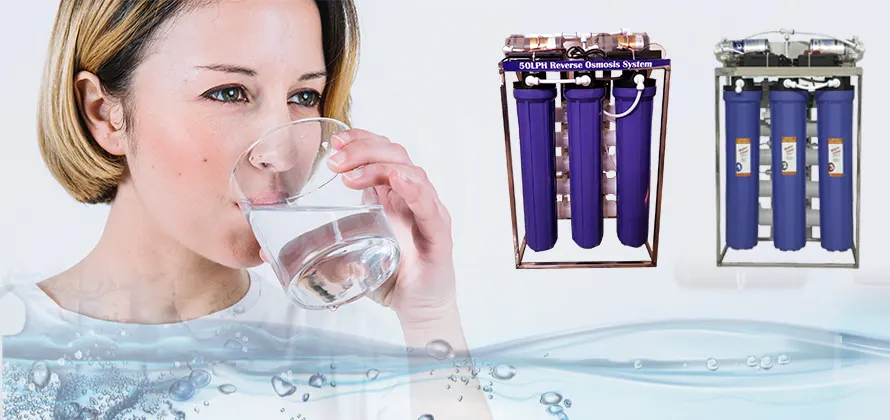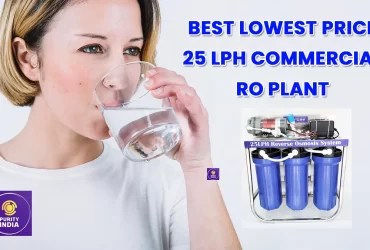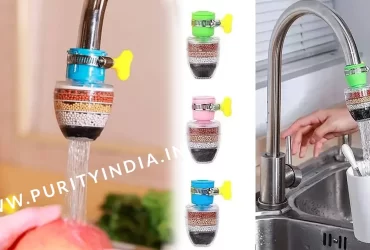- Your cart is empty
- Continue Shopping
Not sure how to choose the right commercial water purifier for your business?

Drinking clean water is essential for good health. Water is vital, but the water we drink can be contaminated. We all know that water distributed by municipal authorities travels long distances in old rusty pipes before reaching us. And in areas that rely on groundwater, heavy metals, toxic chemicals and a high value of TDS (total dissolved solids) can make the water unsuitable for direct human consumption. Therefore, the water must be properly purified with the right commercial water purifier according to the needs of your family or business.
Providing clean drinking water is not only a basic necessity, but also one of the vital regulations that every employer must follow. The use of commercial water, which varies from consumption to different operational requirements in the facility, requires rigorous monitoring to ensure safety and quality. In any commercial environment, water plays an indispensable role and therefore its purity cannot be compromised. Paying attention to the welfare of employees is not only a moral duty, it is also essential for the success of the business.

After all, employee well-being is closely related to productivity and morale. By ensuring that the water you consume during working hours is clean and free of contaminants, an employer demonstrates their commitment to their health. This not only builds trust, but also positions the institution as a responsible entity that values its employees. It is an investment in the backbone of the company: its employees.
Many companies and multinationals use various wellness program initiatives for the health of their employees. They have free gyms and memberships, hold health fairs and provide flu shots. But the first thing any business should do is install a commercial water purification system on their premises. This is what can be the most beneficial for employees.
According to the ICRIER study, almost a quarter of companies lose about 14% of their annual working days (more than 51 days a year) due to illness, and an equal percentage lose productivity and profits, which is a source of concern. The study reveals that absences are mainly due to acute diseases such as diarrhea, influenza, malaria, influenza and cold, followed by lifestyle diseases such as cardiovascular diseases, diabetes and the stroke
During India’s monsoon months, which account for 33% of the year, the prevalence of water-borne diseases affects the health of workers and the shortage curve increases. So, providing your employees with purified water can mean fewer sick days, less paid vacation time, and better health and well-being throughout the year.
The most popular types of commercial water purifiers available on the market include reverse osmosis (RO) and UV (ultraviolet). Let’s find out a little more about them.
Reverse osmosis (RO) water purification system.
Reverse osmosis is a technology that removes contaminants from feed water when pressure forces it through a semi-permeable membrane. Water flows from the more concentrated (more polluting) side of the RO membrane to the less concentrated (less polluting) side to provide clean drinking water. The fresh water produced is called seepage. The remaining concentrated water is called rejected or rejected. A semipermeable membrane has small pores that prevent the passage of contaminants while allowing water molecules to pass through. Water becomes more concentrated when it passes through the membrane by osmosis to achieve a balance on both sides. However, reverse osmosis prevents contaminants from entering the less concentrated side of the membrane. When pressure is applied to a volume of salt water, for example, the salt remains and only pure water flows.


